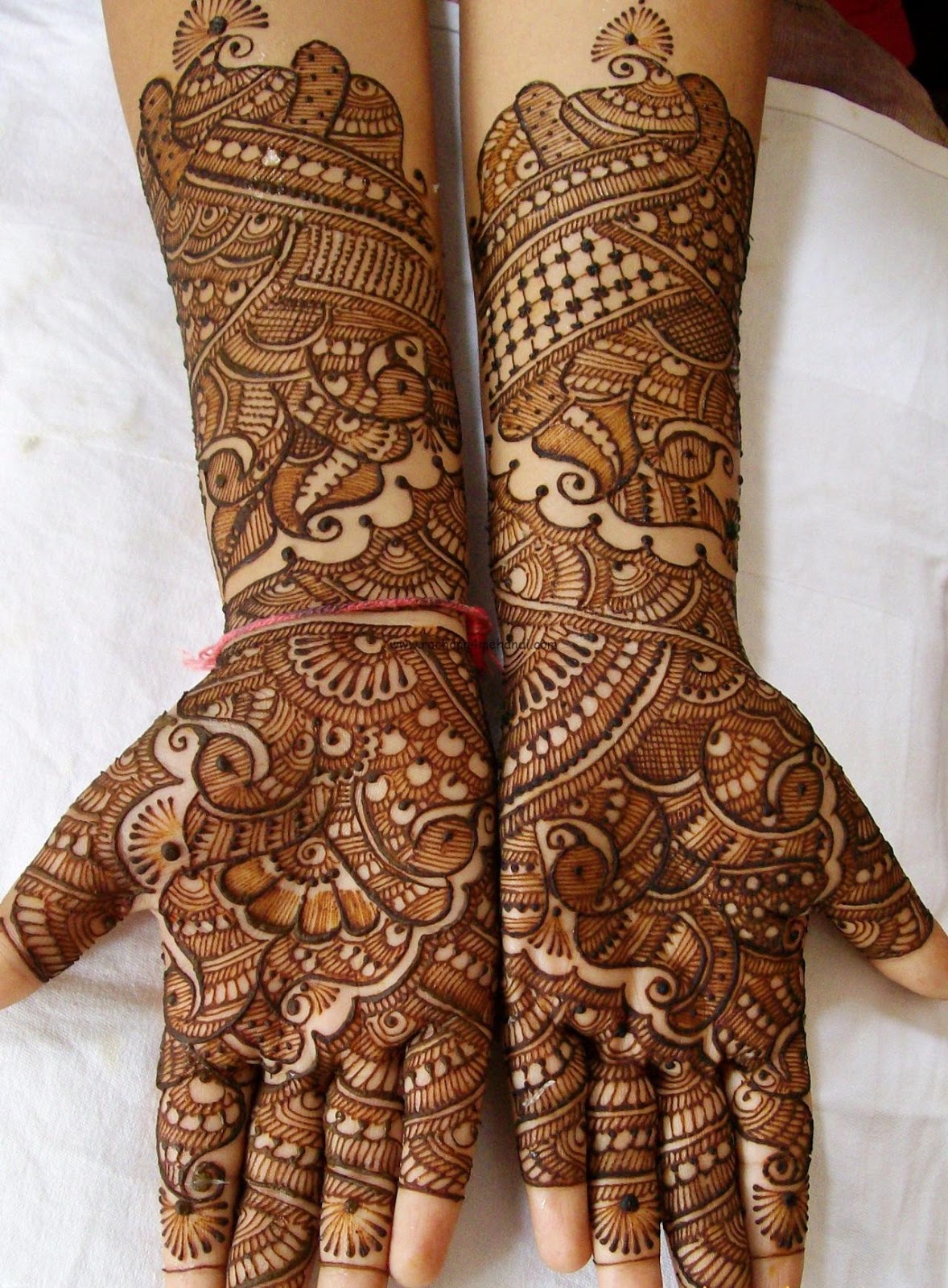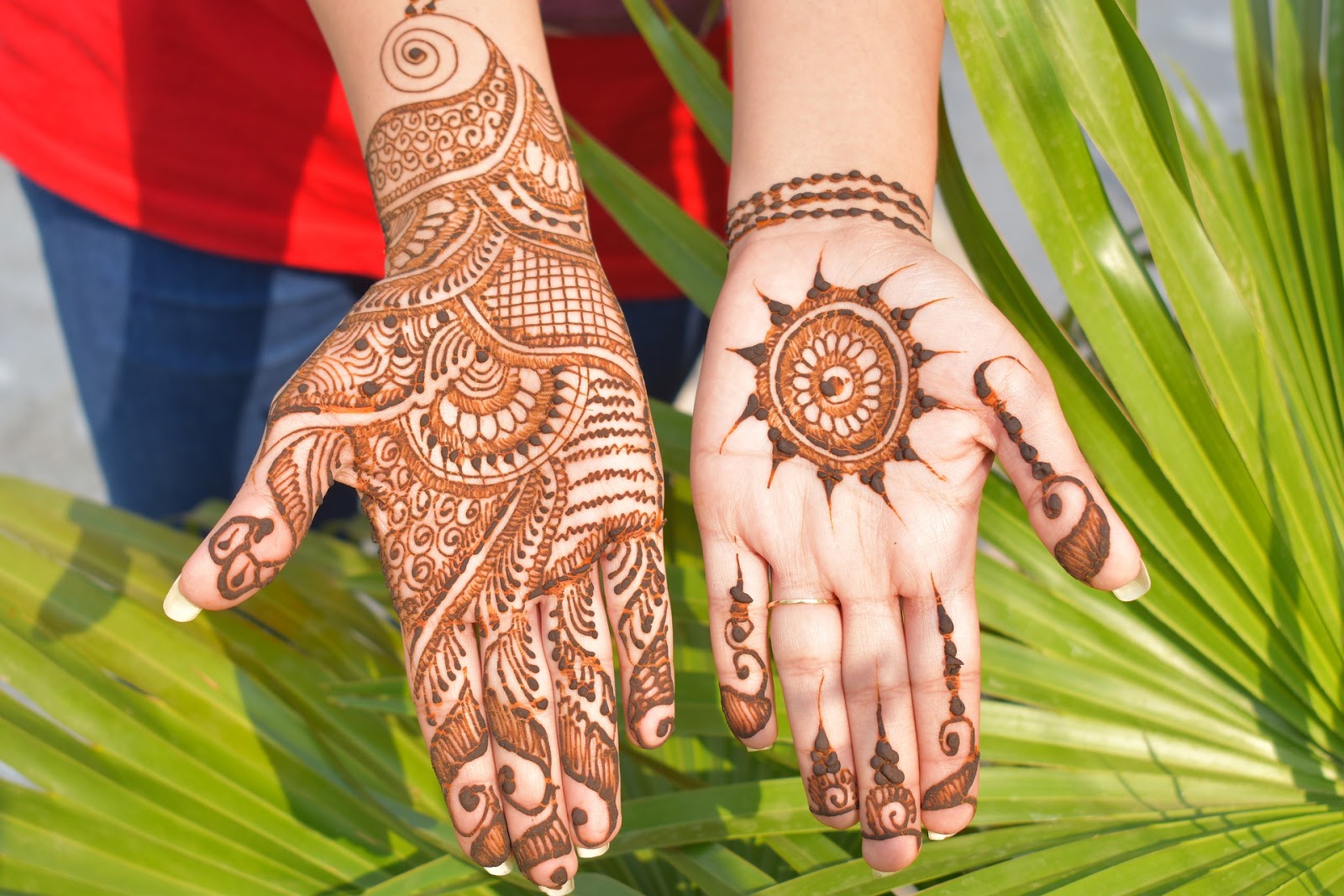Mehndi, an ancient form of body art, has been a significant part of cultural celebrations in various regions, especially in South Asia and the Middle East. This intricate art involves the application of henna paste on the skin, creating stunning designs that add beauty and charm to any occasion. The phrase "mehndi mehndi mehndi" resonates with the essence of this art form, echoing the joy and excitement it brings to celebrations. Whether it's a wedding, a festival, or a family gathering, mehndi has become synonymous with festivity and elegance.
The history of mehndi can be traced back thousands of years, with its roots deeply embedded in the traditions of ancient civilizations. Traditionally, mehndi was not only applied for decorative purposes but also held symbolic meanings related to love, luck, and prosperity. The practice has evolved over the years, with contemporary designs embracing modern aesthetics while still respecting the traditional motifs. Today, mehndi mehndi mehndi is celebrated not just as a cultural ritual but also as an art form that transcends boundaries and connects people.
As we delve deeper into the world of mehndi mehndi mehndi, we will explore its significance in various cultures, the techniques used by artists, and the creative expressions that emerge from this beautiful practice. From the intricate patterns that adorn a bride's hands to the playful designs for a festive occasion, mehndi has a story to tell. Join us on this journey to discover the enchanting realm of mehndi and the joy it brings to our lives.
What is Mehndi and Its Cultural Significance?
Mehndi, also known as henna, is a plant-based dye obtained from the leaves of the Lawsonia inermis plant. The leaves are dried, powdered, and then mixed with water, lemon juice, or essential oils to create a paste. This paste is applied to the skin in intricate patterns, which then stain the skin in shades of reddish-brown. The cultural significance of mehndi varies across different regions:
- In Indian culture: Mehndi is considered auspicious and is an essential part of wedding ceremonies.
- In Middle Eastern countries: Mehndi is often used during celebrations and special occasions, symbolizing joy and prosperity.
- In African cultures: Mehndi is used for beautification and is often associated with rites of passage.
How is Mehndi Applied?
The application of mehndi is an art that requires skill and creativity. It involves several steps:
- Preparation: The skin is cleansed to remove any oils or lotions, ensuring better stain retention.
- Design Selection: The artist discusses design options with the client, considering their preferences and the occasion.
- Application: The mehndi paste is applied using a cone or a brush, creating intricate patterns.
- Drying: After application, the mehndi needs to dry for several hours to achieve a dark stain.
- Removal: Once dried, the paste is gently scraped off, revealing the beautiful design.
Who Are the Renowned Mehndi Artists?
Several talented mehndi artists have gained recognition for their unique styles and innovative designs. Some of the most celebrated mehndi artists include:
- Henna by Vandana: Known for her intricate bridal designs.
- Mehndi by Nilofer: Famous for contemporary and fusion mehndi art.
- Henna by Zainab: Recognized for her use of bold colors and creative motifs.
What Are the Different Styles of Mehndi Mehndi Mehndi?
Mehndi designs can be broadly classified into several styles:
- Traditional Mehndi: Features intricate patterns and motifs, often used in weddings.
- Arabic Mehndi: Characterized by bold, floral designs and open spaces.
- Indian Mehndi: Known for its detailed and ornate patterns.
- Pakistani Mehndi: Combines intricate designs with bold, dark lines.
- Modern Mehndi: Incorporates contemporary elements and unconventional designs.
How to Care for Mehndi Designs?
To ensure the longevity of mehndi designs, proper care is essential:
- Avoid Water: Keep the mehndi dry for at least 24 hours to allow the stain to set.
- Moisturize: Apply a light oil or lotion to prevent the design from fading.
- Avoid Scrubbing: Be gentle when washing your hands to prolong the design's lifespan.
What Are the Common Occasions for Mehndi Mehndi Mehndi?
Mehndi is an integral part of many celebrations, including:
- Weddings: A must-have for brides and grooms, symbolizing love and good fortune.
- Festivals: Celebrated during festivals like Eid and Diwali.
- Baby Showers: A fun way to celebrate the arrival of a new family member.
What Are the Health Benefits of Mehndi?
Beyond its aesthetic appeal, mehndi offers several health benefits:
- Cooling Effect: Mehndi has a natural cooling effect on the skin, making it beneficial in hot weather.
- Antiseptic Properties: The henna plant has natural antiseptic properties that can help prevent infections.
- Skin Nourishment: Mehndi can improve skin health and provide hydration.
Who is the Most Influential Mehndi Artist Today?
Many mehndi artists have made significant contributions to the art form, blending traditional techniques with modern aesthetics. One artist who stands out is:
| Name | Nationality | Specialization | Achievements |
|---|---|---|---|
| Neelam Khan | Indian | Bridal Mehndi | Featured in major fashion shows |
In conclusion, mehndi mehndi mehndi is more than just a decorative art; it represents culture, tradition, and personal expression. Whether you are a bride preparing for your wedding or someone looking to adorn their hands for a festive occasion, mehndi has something to offer everyone. Embrace the beauty of mehndi and let your hands tell a story that celebrates your unique journey.
You Might Also Like
Exploring The Whimsical World Of Blueberry Inflation ComicMastering The Art Of Creating Natro Us Sprinkler In Bee Swarm Simulator
Delicious Cookies Wie Bei Subway: A Sweet Journey To Your Kitchen
Unraveling The Mystery: What Does FYM Mean?
Unveiling The Enigma Of Hailey Spit: A Journey Through Her Life And Career
Article Recommendations
- Bhad Bhabie Nude Leaks
- Vegamovies Netflix Bollywood
- Nancy Pelosi Wedding Pictures
- Alex Start X New 2024 Age
- Jameliz Onlyfan Leak
- 7 Movierulz Telugu 2024
- Aubrey Plaza Nude Leak
- Aliyah Marie Nude Leaks
- Paul Walker Died
- Desiree Garcia Mega


